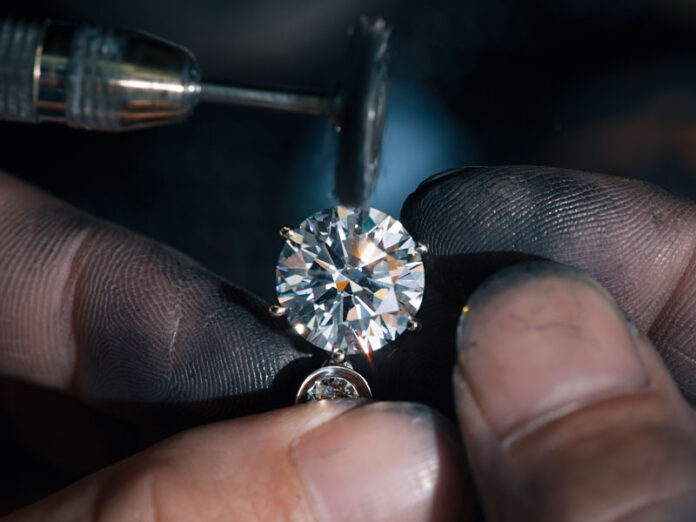Lab diamonds, also known as synthetic or man-made diamonds, are created in a laboratory through a process that mimics the conditions under which their natural counterparts are formed in the earth’s mantle.
Unlike natural ones, however, lab diamonds are created in a matter of weeks or months rather than millions of years. They are chemically, physically, and optically identical to natural ones, making them a popular and ethical alternative to mined ones.
Their benefits are many, including their lower cost, ethical production, and reduced environmental impact.
The Negative Impacts of Traditional Diamond Mining
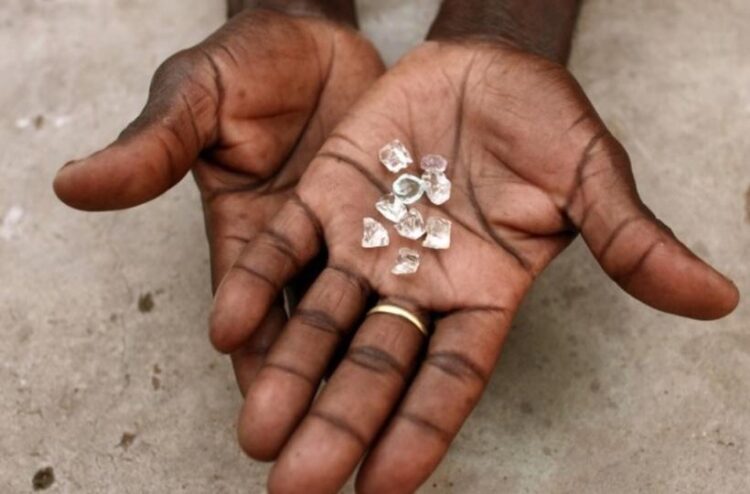
Diamond mining has long been associated with negative social and environmental impacts, particularly in developing countries where many of the world’s diamond mines are located. The mining process is energy-intensive and produces large amounts of waste and greenhouse gas emissions.
Additionally, many mines are associated with human rights abuses, including child labor, forced labor, and exploitation of workers. Traditional mining has also been linked to conflict and war, with so-called “blood diamonds” fueling conflict and human suffering in many parts of the world.
Environmental Advantages of Lab Diamonds
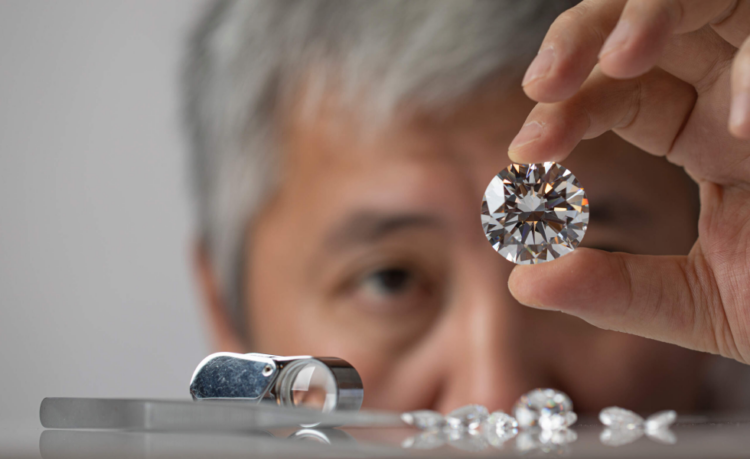
Compared to traditional diamond mining, the environmental impact of lab diamond production is much lower. Lab ones require significantly less energy and water to produce, and they do not generate the same level of waste and pollution.
Because they are produced in a controlled environment, they also do not contribute to deforestation, soil erosion, or other environmental issues associated with mining. This production has the potential to significantly reduce the environmental impact of the diamond industry and pave the way for more sustainable practices.
Social Advantages of Lab Diamonds
In addition to the environmental benefits, lab diamonds also have important social advantages. Because they are created in a controlled environment, they are not associated with the human rights abuses that are often associated with traditional mining.
Their production is also less labor-intensive than mining, which means that fewer workers are needed to produce the same amount of diamonds. This can help to reduce the risk of exploitation and other labor-related abuses in the industry.
Ethics of Lab Diamond Production

While lab diamonds are often touted as a more ethical alternative to mined ones, there are still ethical concerns associated with their production. For example, some of them are produced using energy from non-renewable sources, which can contribute to climate change and other environmental issues.
Additionally, their production requires the use of large amounts of energy and materials, which can have negative environmental impacts if not properly managed. To address these concerns, many lab producers are working to improve their sustainability practices and reduce their carbon footprint.
Comparison of Lab Diamonds and Mined Diamonds
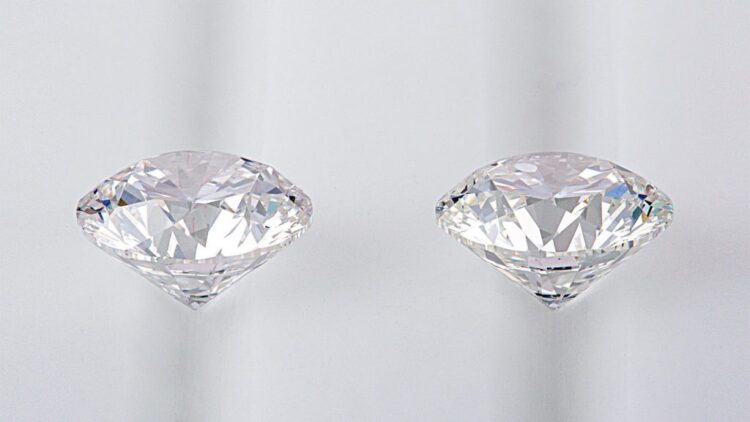
In terms of physical and chemical properties, lab diamonds are virtually identical to mined ones. However, there are some key differences between the two types. For example, lab diamonds are generally less expensive than mined ones, making them a popular choice for consumers who are looking for high-quality pieces at a more affordable price.
Additionally, because they are created in a controlled environment, they are generally free from the ethical concerns associated with mined ones, such as human rights abuses and environmental damage.
Consumer Awareness and Demand for Lab Diamonds
As consumer awareness of the negative impacts of traditional mining grows, more and more consumers are turning to lab diamonds as a more ethical and sustainable alternative.
In fact, a recent survey found that nearly 70% of millennials and Gen Z consumers would consider purchasing a lab diamond engagement ring. This trend is driving demand for them and encouraging more retailers to offer them as an alternative to mined ones.
Lab Diamonds in the Fashion Industry
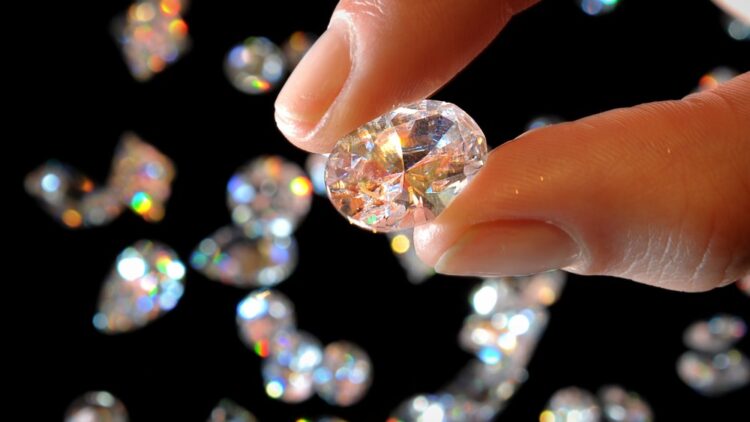
The rise of lab diamonds has also had a significant impact on the fashion industry. Many designers and retailers are now offering lab diamond engagement rings and other fine jewelry items as a more ethical and sustainable option for consumers.
Some high-end fashion brands have even launched entire collections featuring them as their centerpiece. This trend has helped to raise awareness of their existence and promote their benefits to a wider audience.
Future of Lab Diamond Production
As the demand for lab diamonds continues to grow, so too does the technology used to produce them. Advances in lab production are making it possible to create larger and more complex diamonds than ever before, with new colors and cuts becoming available.
Additionally, lab producers are working to improve their sustainability practices and reduce their carbon footprint, ensuring that lab diamonds remain a truly ethical and sustainable alternative to mined ones.
Conclusion: Lab Diamonds as a Sustainable Alternative
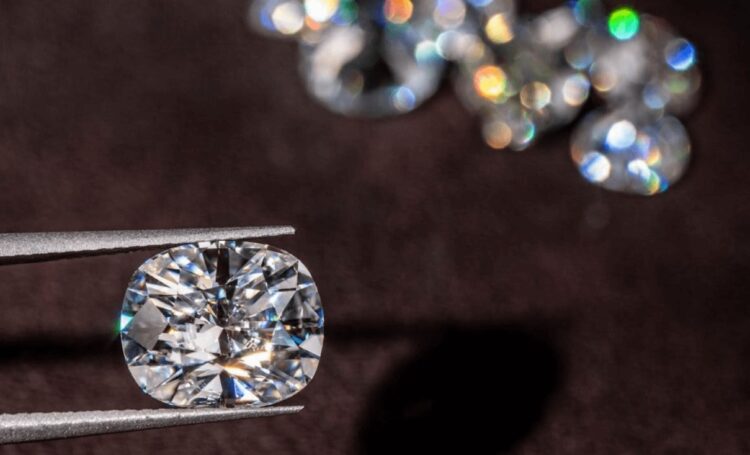
In conclusion, lab diamonds offer a modern solution to the environmental and social issues associated with traditional mining. Their lower cost, ethical production, and reduced environmental impact make them an attractive alternative for consumers who are looking for high-quality diamonds that don’t come at a high cost to people and the planet.
As consumer awareness of the benefits of these types grows, we can expect to see more and more retailers offering them as an alternative to mined ones, and more designers incorporating them into their collections.
With continued innovation and improvement in the technology used to produce them, lab diamonds are set to become an increasingly important and sustainable part of the diamond industry in the years to come.
So whether you’re in the market for an engagement ring or just looking for a beautiful and sustainable piece of fine jewelry, they are a great option to consider.
It’s worth noting that they are not a perfect solution, and there are still some concerns around their production and distribution. However, compared to the negative impacts of traditional mining, the benefits of lab diamonds are clear.
By choosing them, consumers can support a more sustainable and ethical diamond industry, and help to create a brighter future for both people and the planet.

